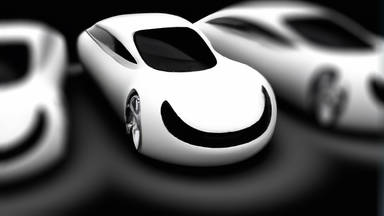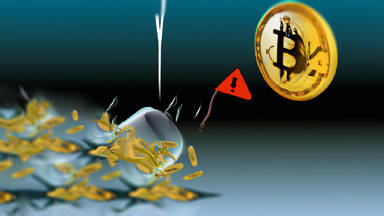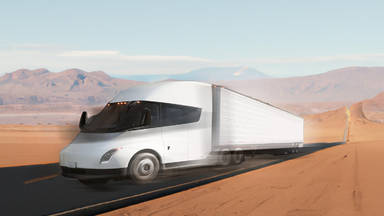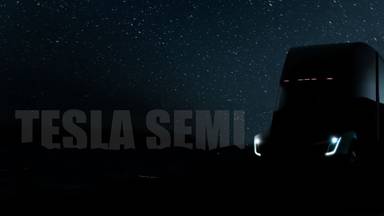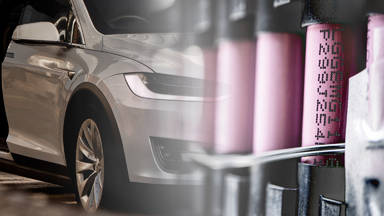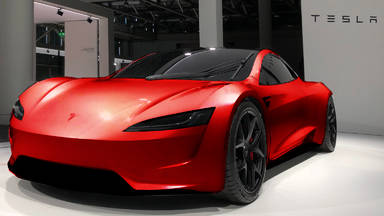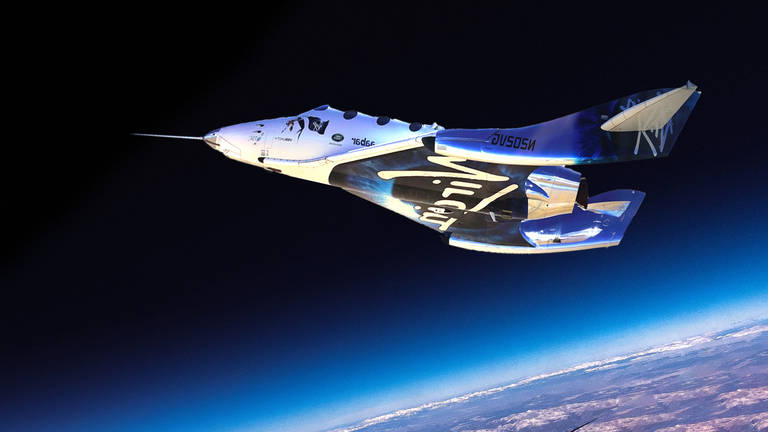
For 16 years Richard Branson has been promising a bright future for space tourism and suborbital space flight. But for the past couple of years SpaceX has overshadowed their valiant efforts in providing reliable space travel. At the same time, it does not seem like Virgin Galactic has made any major breakthroughs either, as they have basically been non-existent on the news. So what happened to Virgin Galactic?
Virgin Galactic has chosen to take a different path from the competition. Instead of launching passengers in regular old rocket ships, they have chosen to launch passengers in private-jet-like vehicles, called "SpaceShipTwo".
The SpaceShipTwo is capable of carrying up to 6 passengers and the 2 pilots into the upper limits of earth's atmosphere. But it does require a carrier aircraft. The carrier aircraft is called Scaled Composites White Knight Two (WK2), and will carry spaceship to up to 50,000ft.
At this point, SpaceShipTwo will disconnect from White Knight Two, and fire up its own engine, which will propel the vehicle up to three times the speed of sound, or about 2300 miles per hour. This lasts for about 90 seconds, pushing the vehicle up to 110 kilometers in altitude, which is exactly the international boundary in space.
Once there, the passengers will have about four to five minutes to soak up the views and experience weightlessness before the spacecraft re-enters the earth's atmosphere.
However, unlike regular re-entries, SpaceShipTwo does not require any bulky heat shields that protect the vehicle as SpaceShipTwo does not go very far into space, and it is not traveling tens of thousand miles per hour either.
Anyway, during the reentry phase, the pilots do not have to do much work, as the spaceship will automatically complete the required procedures. This is true until the spaceship falls back to an altitude of 60 to 70 thousand feet.
At this point all that's left is basically a routine plane landing. As you can see, this is in stark contrast to classic rocket ships that launch straight upwards, but that's not necessarily a bad thing.
First of all, by designing the SpaceShipTwo as essentially a plane that can reach high altitudes, Virgin Galactic is able to significantly reduce the G's that passengers will experience during the trip. Aside from this, the jet lag approach also makes reusability a lot easier. Although SpaceX has received a lot of praise for quick turnaround times with their Falcon 9 rockets, SpaceShipTwo is capable of one-upping Falcon 9 in terms of turnaround time.
In fact, the predecessor of the SpaceShipTwo, the SpaceShipOne, was able to fly into space twice within two weeks way back in 2004. It should be noted of course, that reusing an orbital booster is much more difficult than reusing the SpaceShipTwo. But with That being said, the fastest turnaround SpaceX has achieved is 51 days.
Moving on, the SpaceShipTwo also provides a much more cost-effective solution when it comes to reaching space. the SpaceShipTwo does not make sense if you are trying to send large payloads into space, but if you are just trying to get a glimpse of space within your lifetime, Virgin Galactic is the cheapest option.
Currently, they are not taking ticket orders but in the past they priced their spaceflight tickets between 200 thousand and 250 thousand dollars. There may be a price increase in the future, but it is expected to stay within the few hundred thousand dollar range. Blue Origin is also targeting this price range for space tourism around 2024. And we do not have any pricing information for space tourism from SpaceX, but it is likely that SpaceX's approach to space tourism will be much more expensive.
However, it will also last much longer. For instance, the dearMoon project from SpaceX is expected to take seven to nine passengers on a trip around the moon, and accordingly the price is quite steep. Expect, it to be about 200 million dollars or about 25 million dollars per seat.
At the same time though, the trip does not last hours or days, but nearly a full week at six to seven days. Even calling it six days, this comes out to a price of about 2900 per passenger, per minute. Meanwhile, the Virgin Galactic option is closer to 50 to 60K per minute.
Although the SpaceX option provides a much greater value proposition, you still have to push out 25 million dollars per seat which significantly increases the bar for entry. With the Virgin Galactic multi-millionaires can likely afford to participate. While with SpaceX passengers likely need to be worth hundreds of millions of dollars before even considering purchasing a ticket.
That's all great and all, but when can we actually expect Virgin Galactic to start taking people on these space flights?
Well, originally Richard Branson was actually targeting 2007. Unfortunately, however, a fatal explosion that ended up killing three people would occur in 2007, putting a large dent into the timeline. Over the next three years, Virgin Galactic would really focus on improving their design and safety measures. And they would embark on a crew test flight in July of 2010.
It was their first successful crew test flight and lasted a full six hours. After that, test flight Virgin Galactic would focus on fundraising by selling tickets to space and providing NASA with research flight data.
Progress would start speeding up once again, in 2013 and 2014 as Virgin Galactic would conduct their first rocket power test flights. However, they would soon run into another major roadblock in late 2014 during another rocket power test flight of the SpaceShipTwo which would kill the co-pilot and leave the pilot injured.
After this crash, Richard Branson seriously considered stopping development, as Virgin Galactic was not only burning through hundreds of millions of dollars, but more importantly, claiming lives. Despite these doubts, Richard Branson and the team would push forward and they completed their first successful reentry test in 2017.
Things have actually been looking pretty bright for Virgin Galactic. Late last year, Virgin Galactic would even go public with the stock offering. Upon release, Virgin Galactic would rally up to $37 per share. Due to the pandemic though, they would crash all the way back to ten dollars per share before working back up to twenty five dollars per share today.
Anyway, until just a few months ago, the plan was to start getting passengers up to space using the SpaceShipTwo by the end of this year, but recently this was postponed to 2022. This is likely just to ensure the best possible circumstances before risking any more lives.
Fortunately, the prospects of commercial space flight from Virgin Galactic in the near future are still quite promising. SpaceShipTwo has already conducted successful flights with the crew on board. And they only have two more test flights to complete before opening up to the public.
The first of these two tests was originally planned to take place starting October 22nd, but since then Virgin Galactic has moved back the test window to November 19th, to November 23rd. Anyway, it is just a matter of time until they conduct these final two tests, and assuming these tests go well, the only step left is for Richard Branson to take an inauguration type flight in the SpaceShipTwo. Hence, it is likely that we will see Virgin Galactic's first commercial space flight take place by the end of next year.
